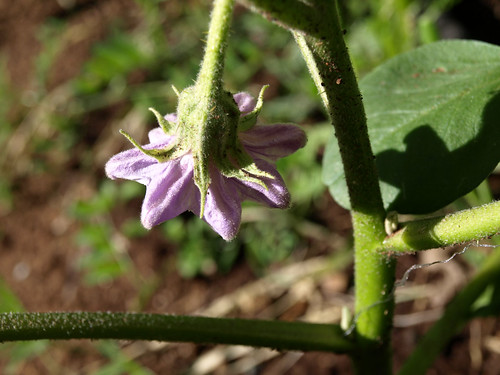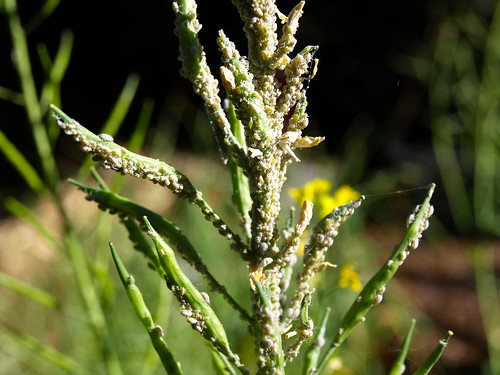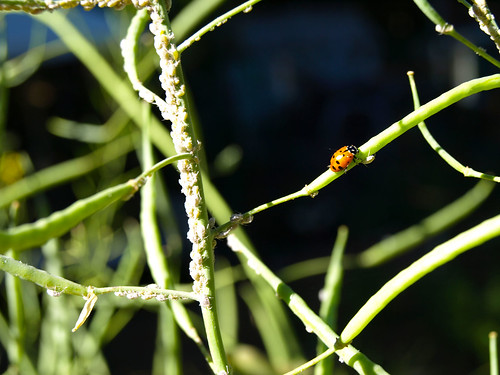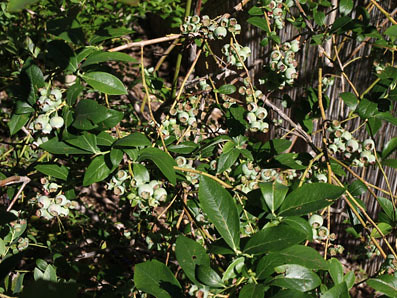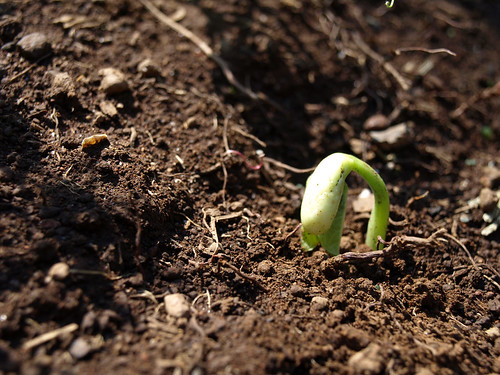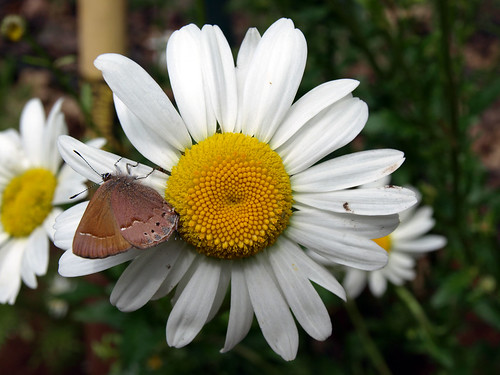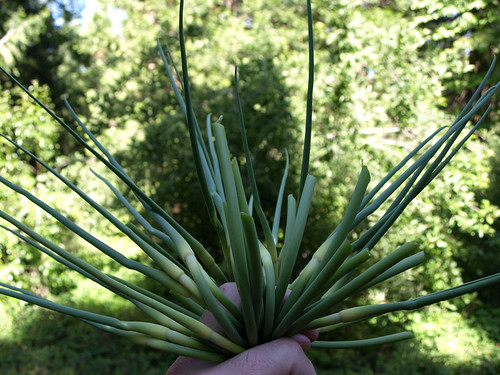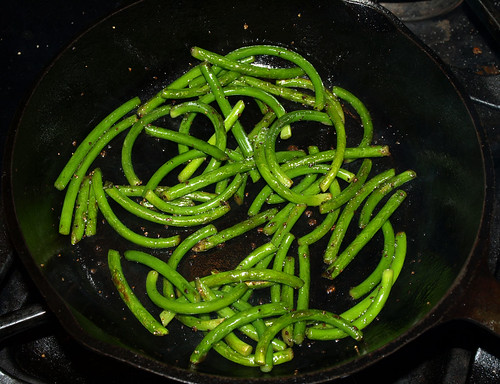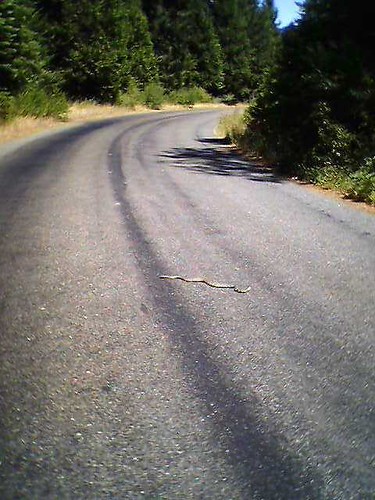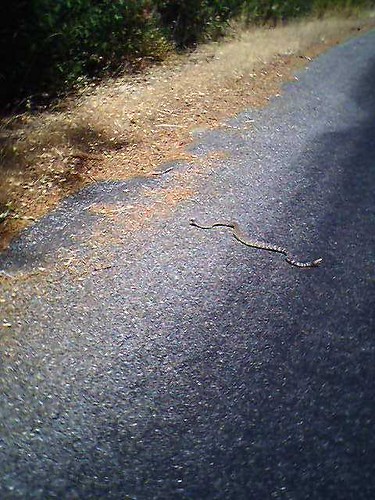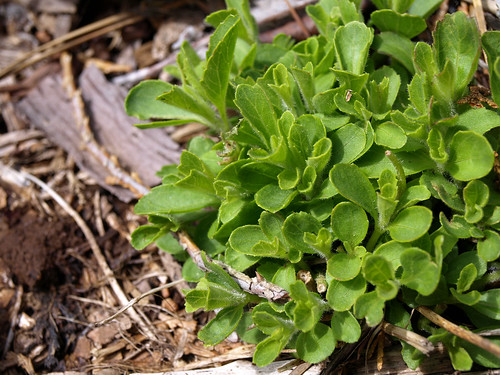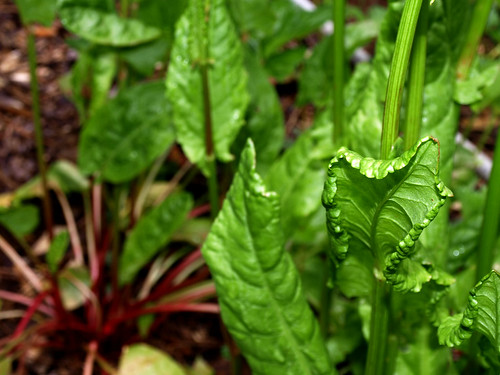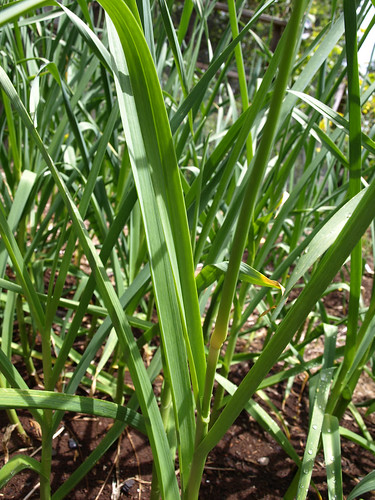From the gardener’s perspective, flowers represent the beginning or the end of an annual’s useful life. Spring and summer annuals are generally planted for their fruiting bodies – think tomatoes, eggplant, peppers and squash, while fall and winter vegetables are typically grown for their leaves and immature flowers – think cabbage, mustards and broccoli. Thus tomato flowers are a beginning, the promise of tomatoes, while cabbage flowers represent an ending, the promise only of seeds. A cabbage or mustard plant in flower is rangy and generally unpalatable, except perhaps to aphids. There’s even a term for flowering in fall and winter vegetables: bolting. The term is usually uttered with a bitterness matched only by the leaves themselves. The plant, of course, doesn’t care at all about our desires (although I suppose Pollan would disagree). For the cabbage, flowering is a win, a chance to bear offspring.
Can you guess the fruit that will become of the rather lovely flower below? Hint (barely): I don’t like it at all – it’s one of the vegetables that I grow to share with neighbors, family, or Plant-A-Row.

